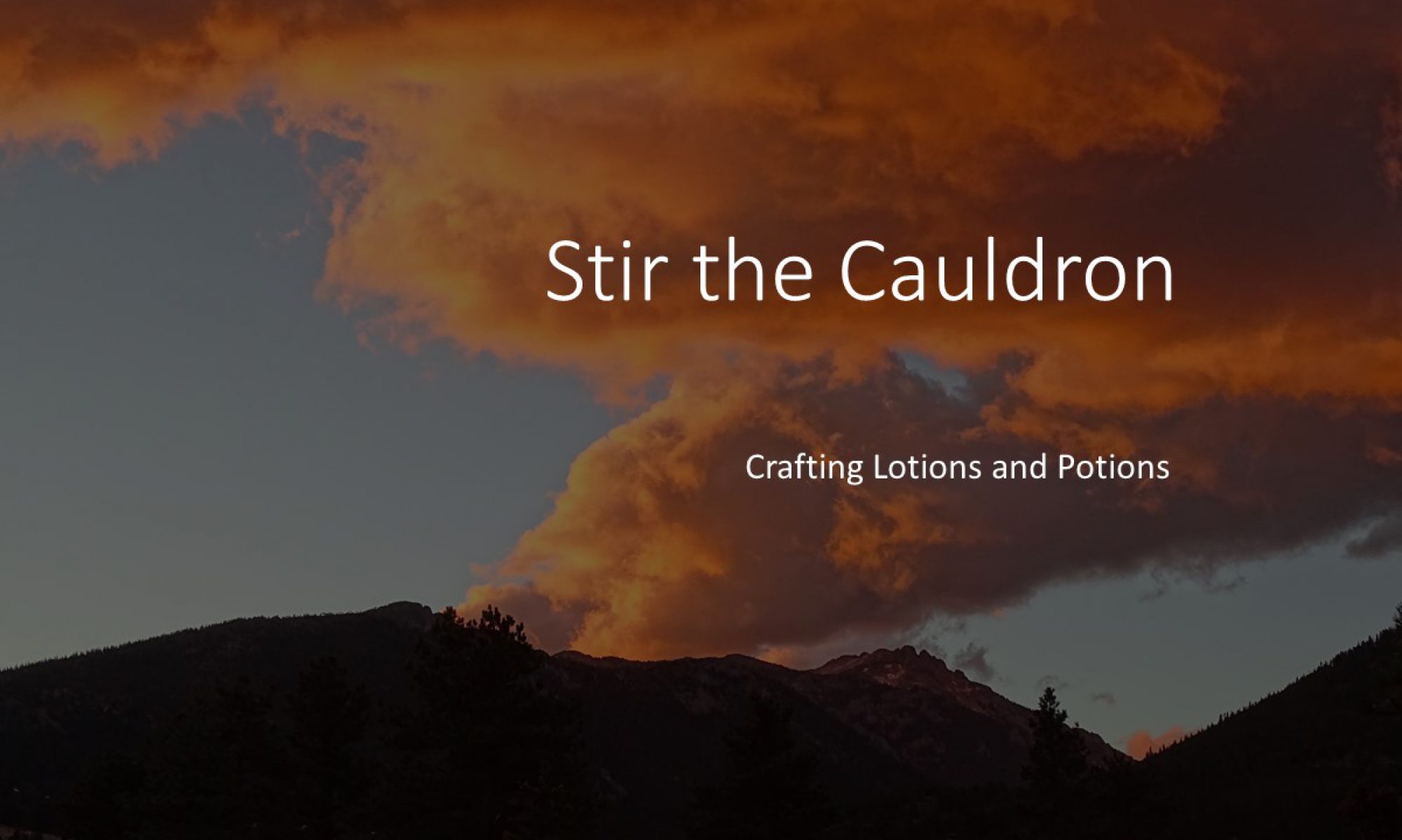I had an awareness that glycerine was a useful ingredient before I started to research this post. Then I discovered a range of applications that was far wider than I suspected. In the process of researching glycerine I turned up a couple of useful, and fascinating, resources. I learned from one of them that the Glycerine Producers’ Association in the US had identified 1,583 different uses for glycerine by 1949.
I’ll explore some of the wider uses of glycerine later , and in a couple of sidebars. But to begin I’ll give a description of it and relate its properties to cosmetic and culinary uses.

Glycerine is a clear liquid, almost colourless, odourless, viscous, and denser than water. It has a specific gravity of approximately 1.25. It is hygroscopic (attracts water) and for all effective purposes it is not toxic to human health or the environment. These two properties, its affinity for water and its absence of toxic effects on human physiology, make glycerine such a useful cosmetic ingredient.
There are other chemicals that share some of the properties of glycerine, but which are not so benign. Here’s a sidebar about one of them.
Cosmetic uses
In cosmetics and culinary applications, glycerine is described as “humectant”. It traps moisture and prevents drying. It is added to cake icings (frostings) to prevent them drying out and becoming hard and brittle. The same property is used when glycerine is used as a skin moisturiser. Glycerine is absorbed in the surface of skin and it is remarkably persistent, remaining detectable for days rather than hours. It draws in and holds moisture. It should always be mixed with a little water before it is applied to skin, otherwise it will dry it out rather then moisturising it.
I use glycerine in intensive hand cremes, including Heavy Duty Hand Creme and Rescue Hand Creme. It also appears in the recipe for Lammas Lotion and Pumpable Body Lotion. It is the wetting agent in #53 Insanitizer – a hand sanitizer based on the World Health Organization recipe for hand sanitizer.

Glycerine has been used in skin tonics and serums since the early nineteenth century. William B Dick’s Encyclopaedia of Practical Receipts and Processes, published by Dick and Fitzgerald in New York and appearing in their 1866 catalogue, contains three recipes for glycerine and rose water tonics. The recipes only vary in the proportion of glycerine to rose water. I have recipes for both a tonic and a more intensive serum.

The history of Glycerine
My source for much of the history of glycerine was documents published on the website of the American Cleaning Institute. Although it isn’t well signposted, at the bottom of the ACI homepage there is a link to “SCIENCE”. The archives contain peer reviewed papers, many of which are scanned historical documents that won’t normally turn up in a web search.
The history of glycerine begins with its discovery in 1779 by K W Scheerle, a swedish chemist . Scheerle’s method produced glycerine as a by-product of making soap. The empirical formula for glycerine, C3H8O3, was determined by a French chemist Pelouse in 1836. The structural formula, C3H5(0H)3, was not established until 1883, by Berthelot and Lucea.

Glycerine in Soap
Glycerine is still produced as a by-product of soap-making. A lower grade of glycerine is also produced in greater quantities as a by-product of biodiesel.
Although glycerine is normally removed from soap, it can be left in the finished product or added at a later stage in processing. Pears soap was first produced in a factory close to Oxford Street in London in 1807. Pears soap gets its characteristic transparency from the glycerine remaining in the soap, and from the use of alcohol (methanol) in the production process.

The addition of glycerine, alcohol and sugar to a soap base can produce an almost perfectly transparent soap.
Funding Nobel Prizes
Not all applications of glycerine are as gentle as Pears soap.
Even before the structural formula of glycerine was known, glycerine had been chemically converted into trinitroglycerine. Trinitroglycerine is both highly explosive and highly unstable. Its tendency to explode spontaneously rendered it useless as a practical explosive until Alfred Nobel invented a way of stabilising it in 1866. Nobel called his invention dynamite. With the invention of dynamite, glycerine became both economically and industrially significant.
Here’s a sidebar on nitroglycerine.










